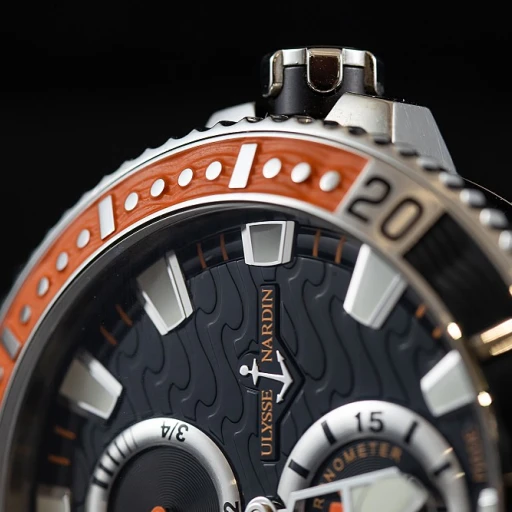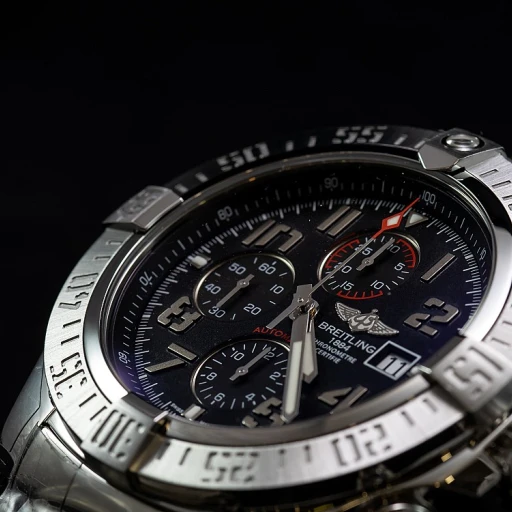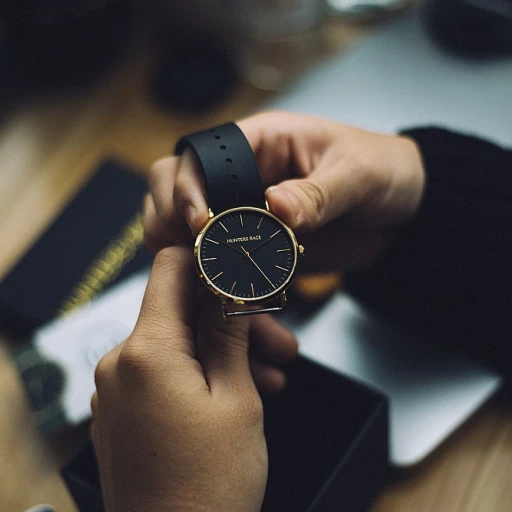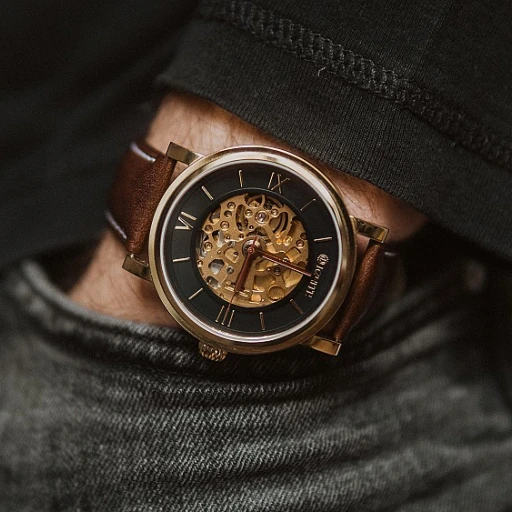
The Mechanism of Thermal Compensation: How It Enhances Accuracy
Understanding the Intricacies of Thermal Compensation in Precision Timekeeping
The elegance of a luxury timepiece extends far beyond its lustrous aesthetics; it lies in its heart - the movement. Thermal compensation stands as a vanguard in the quest for accuracy in high-end watches, ensuring that the inevitable fluctuations in temperature do not deter the steady march of the seconds hand. Delve into its mechanism and you unveil a landscape where silicon hairsprings and bi-metallic balance wheels coexist in harmony to counteract the effects of thermal variation. Such intricate systems fortify a luxury watch's reputation for reliability, a cornerstone of its value proposition that aficionados and collectors greatly appreciate.
A Closer Look at Brands Leading the Drive Towards Impeccable Timekeeping
When one discusses thermal compensation techniques, certain names rise to the forefront as torchbearers of this remarkable technology. Esteemed brands like Patek Philippe with their Advanced Research range, and Rolex with their Oyster Perpetual line, utilize cutting-edge materials like Parachrom and silinvar to offset temperature-induced inaccuracies. The utilization of such advanced materials enhances the performance and precise timekeeping abilities of their mechanical movements, illustrating the brands' unwavering commitment to innovation that has continued to propagate within their legacies.
How Thermal Compensation Contributes to a Luxury Watch's Value Over Time
Consider the longevity of a luxury timepiece, where its ability to hold or appreciate in value is emblematic of its engineering prowess. Thermal compensation is a silent yet potent contributor to this long-term value retention. Timepieces boasting such advanced mechanisms are often seen as investments, capable of weathering the impacts of time itself. Recent auction results underscore this fact, with watches known for their impeccable precision, such as the Breguet Classique Chronométrie, fetching premiums due to their technologically advanced movements. Collectors and enthusiasts are aware that a timepiece promising consistent accuracy over years becomes more coveted and holds its worth admirably in the global luxury watch market.
Examining Brands that Champion Thermal Compensation
Understanding the Core of Precision: Thermal Compensation's Role
The art of horology is an intricate ballet of mechanics and precision, where every minute detail plays a crucial role in ensuring the stately pace of a timepiece's hands. Among luxury watch aficionados, the quest for supreme accuracy is relentless, and thermal compensation stands as a critical technological advancement in this realm. This complex feature addresses a fundamental challenge in watchmaking: temperature variations which can cause the metal components of a watch movement to expand or contract, leading to deviations in timekeeping. According to the latest horological research, a mere one-degree temperature variation can cause a watch to lose or gain several seconds a day.
Breaking Down the Heat's Rebuff: Innovative Materials and Design
- Silicon hairsprings - Unaffected by temperature changes, leading to improved timekeeping.
- Bi-metallic balance wheels - Compensate for the expansion and contraction of metals at different temperatures.
- Electronic sensors and microprocessors - Adapt the rate of the timepiece according to ambient temperature.
These groundbreaking methodologies are not just a testament to the craftsmanship and technological prowess of high-end watch brands; they represent a steadfast commitment to precision. In fact, brands leveraging such technologies often see their watches testifying to a precision rate of +-2 seconds per day, as proclaimed by institutions such as the Swiss Official Chronometer Testing Institute (COSC).
Distinguished Masters of Temperature Equilibrium
When it comes to securing the zenith of preciseness, certain luxury watch houses have become synonymous with thermal compensation. These brands champion cutting-edge methodologies that pave the way for new standards in timing exactitude. 'There is a profound allure in harnessing the complexities of nature to serve the art of watchmaking,' states renowned watchmaker Jean-Claude Biver. A sentiment echoed by timepiece connoisseurs who understand the intricate dance between mechanical beauty and the laws of thermal physics. For instance, the Seiko Spring Drive, with its Tri-Synchro regulator, is a pioneering marvel that incorporates an electronic regulation system to oversee the mechanical gear train, resulting in unparalleled accuracy regardless of temperature swings. Watch enthusiasts keen on understanding how thermal compensation contributes to the precision and sophistication of luxury watches cannot overlook the innovation and relentless pursuit of excellence within the industry. These elements not only constitute the heartbeat of a premium watch but also signify a narrative of masterful engineering and passion combined to conquer the elements.
The Relationship Between Thermal Compensation and Long-Term Value Retention
Pioneers in Precision: Brands Leading Thermal Compensation Tech
At the forefront of innovation, several luxury watch brands have mastered the art of thermal compensation. This advanced technology has been crucial in improving watch accuracy and combating temperature-induced variations that can skew timekeeping precision. One sterling example is the Swiss brand Patek Philippe, which has integrated silicon-based materials like Silinvar into their balance springs. Silicon is less affected by temperature changes, ensuring that their timepieces exhibit remarkable consistency in varying conditions.
Further emphasizing the importance of thermal compensation, Rolex's Oyster Perpetual line stands out with its Parachrom hairspring. Rolex claims that this hairspring is up to 10 times more precise than a traditional hairspring when exposed to shocks and temperature shifts. Such technological advancements corroborate the brand's reputation for durability and accuracy – two keywords synonymous with the Rolex brand.
Innovative Materials Enhancing Thermal Effects
The conversation about temperature and timekeeping often shifts towards the materials used. Omega's approach with their Co-Axial Calibre 8500 is notable for its use of a particular silicon material, Si14. This material drastically reduces the perturbations caused by thermal changes, a statistic reflected in its widespread adoption among enthusiasts for its proven resilience and reliability.
Similarly, TAG Heuer's avant-garde research gave birth to the Carrera MikroPendulumS – a tourbillon with a magnetic pendulum system unaffected by gravity and, crucially, temperature variations. This showcases the revolutionary potential when luxury watch brands invest heavily in research and development, presenting collectors with innovations that combine tradition with futuristic materials.
The Synergy of Craftsmanship and Innovation
Indeed, the fusion of traditional watchmaking excellence and modern technological advances speaks volumes. Audemars Piguet has embraced this by incorporating a bidirectional winding system that compensates for temperature fluctuations in their Royal Oak line, solidifying their position as leaders in both aesthetic and functional craftsmanship.
Referring to the collector's market, thermal compensation is an attractive feature. Luxury watch aficionados value the complex engineering that goes into creating a watch with thermal compensation. As such, brands like Jaeger-LeCoultre have included advanced techniques to improve their Gyrotourbillon's performance, ensuring peak accuracy regardless of environmental stressors. These examples highlight the intersection of sophisticated engineering and art that is celebrated within the luxury watch sector.
- Patek Philippe's Silinvar material – A leap in balance spring tech
- Rolex Parachrom hairspring – Defining durability in watchmaking precision
- Omega's Si14 material – Silicon's answer to thermal stability
- TAG Heuer's Magnetic Pendulum – The future of temperature agnostic timekeeping
- Audemars Piguet's bidirectional winding – Elegance meets thermal innovation
- Jaeger-LeCoultre Gyrotourbillon – A masterclass in precision engineering

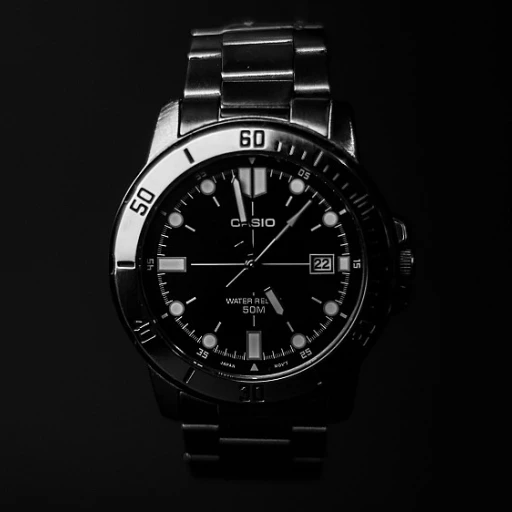
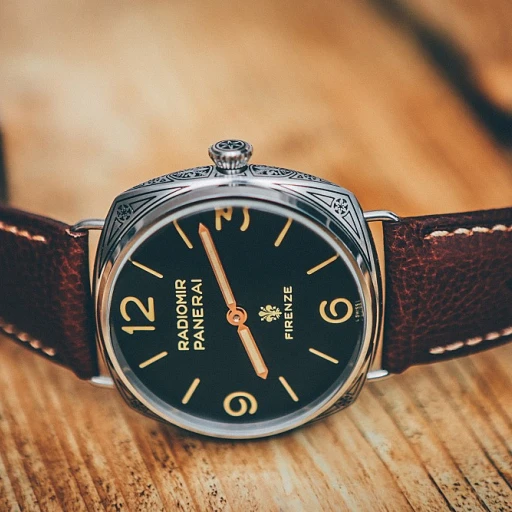
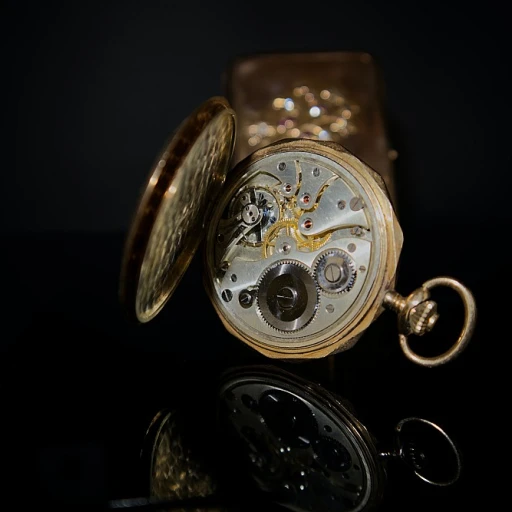
-large-teaser.webp)
